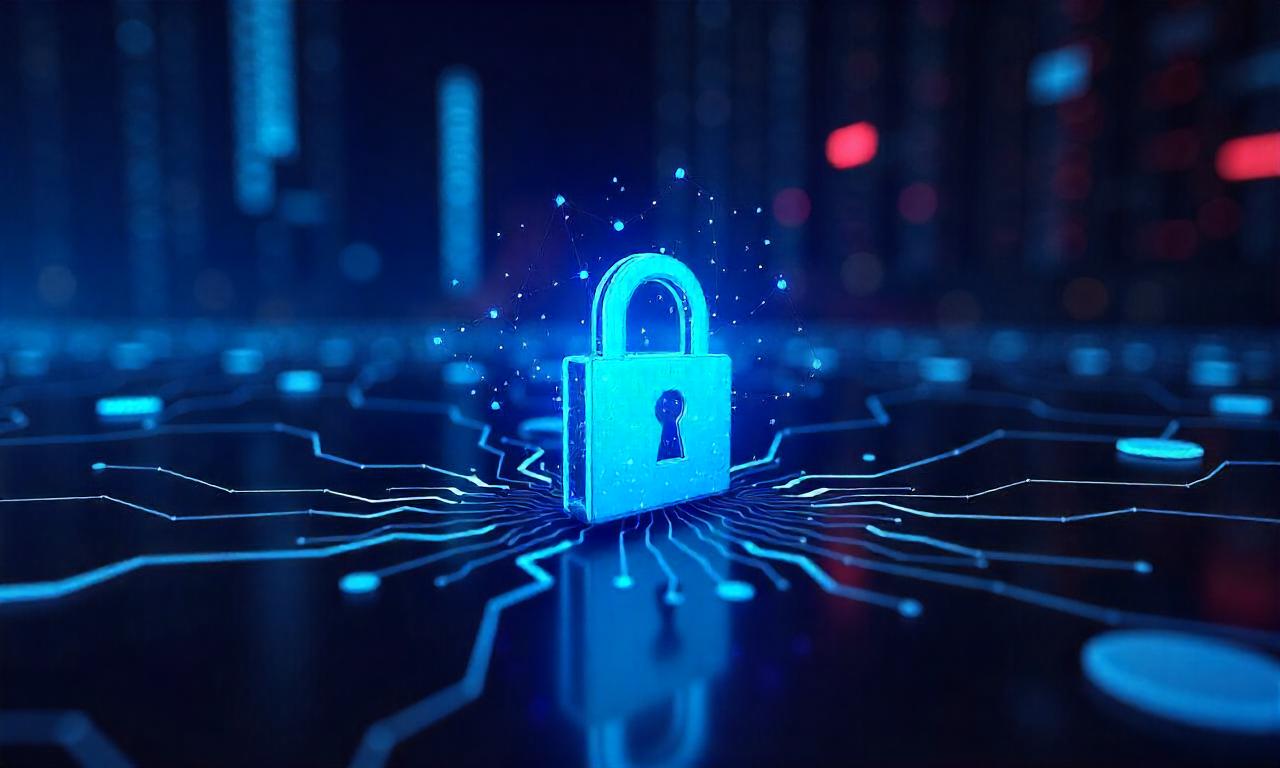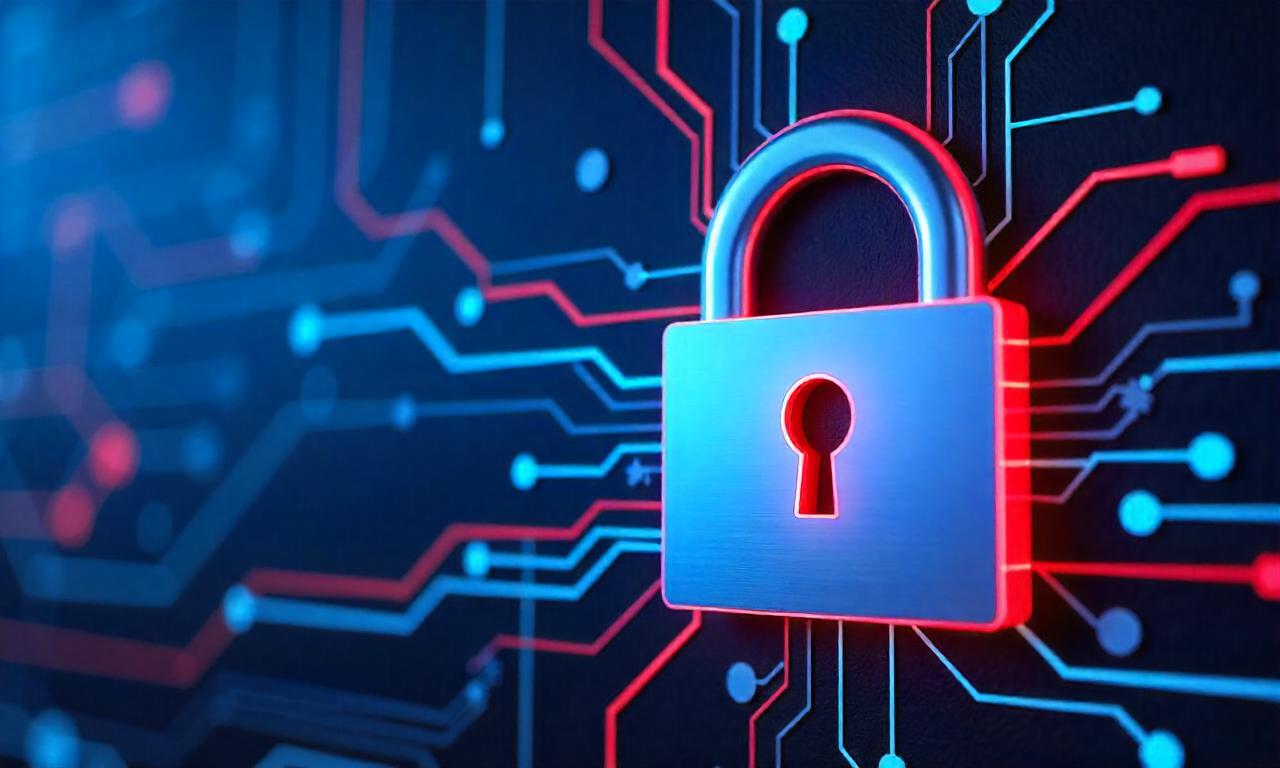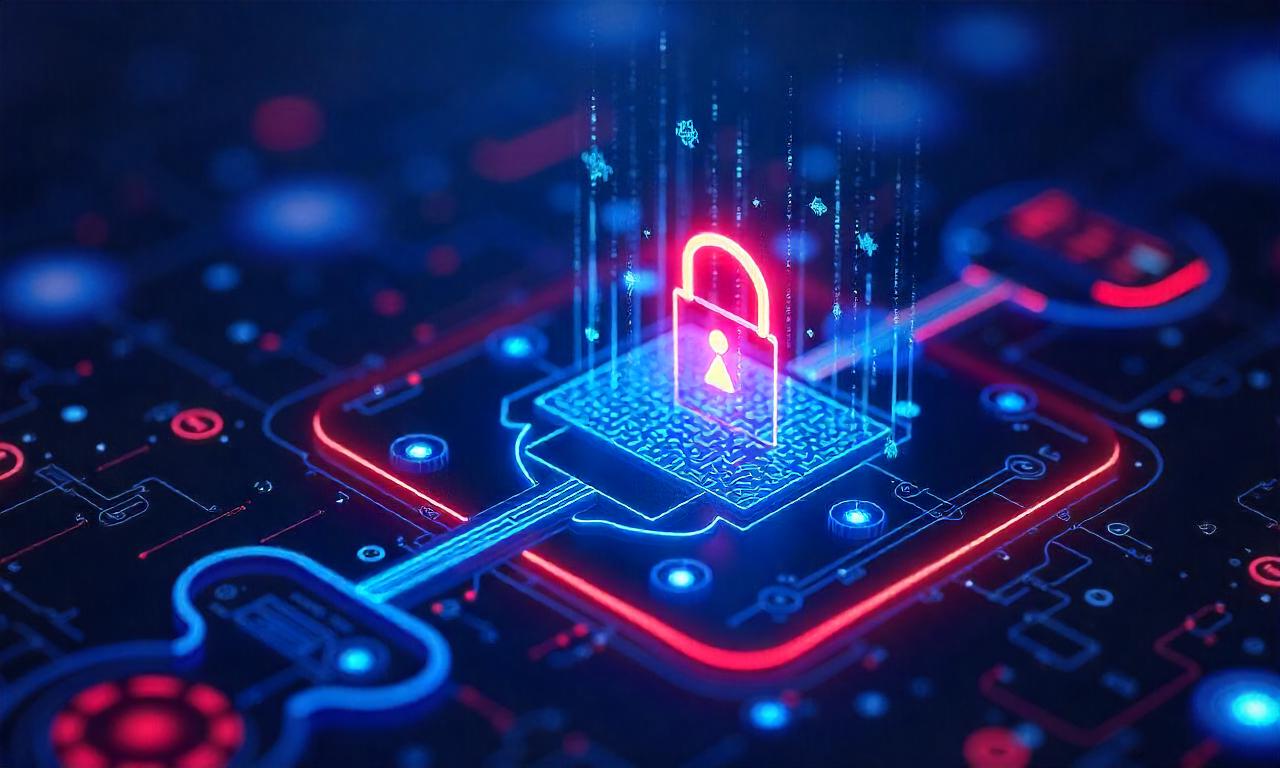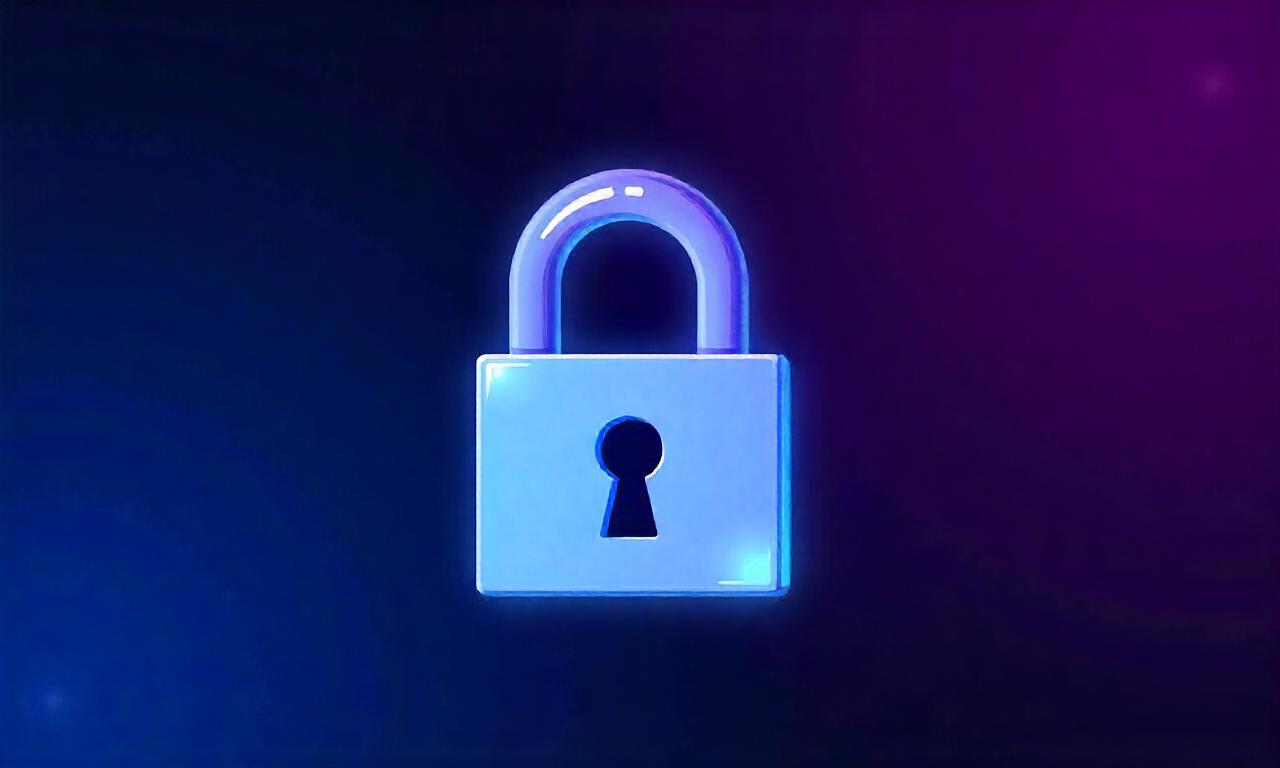# How to Protect Yourself from Phishing Scams: Stay Safe Online Phishing scams have become one of the most common and dangerous threats in the digital age. With the rise of online communication and the increasing reliance on digital platforms for personal and business transactions, phishing has evolved into a sophisticated form of cybercrime. These scams aim to steal sensitive information such as passwords, credit card details, and personal data by masquerading as trustworthy sources. Whether you’re receiving an email, text message, or call from a fake sender, it’s essential to understand how to protect yourself from phishing scams. In this article, we’ll explore how to protect yourself from phishing scams, from identifying the red flags to taking proactive steps to secure your online presence.
## Understanding Phishing Scams Phishing scams are a type of social engineering attack that exploits human psychology to trick individuals into revealing confidential information. These scams often take the form of deceptive emails, websites, or messages that mimic legitimate organizations, such as banks, online retailers, or government agencies. The goal is to create a sense of urgency or fear, prompting victims to click on malicious links or enter their details without verifying the authenticity of the request.
One of the most common types of phishing is email phishing, where attackers send emails that appear to be from a trusted source. These emails often include a fake link or attachment that, when clicked, directs users to a fraudulent website. Another variation is smishing, which uses SMS messages to deceive recipients into sharing personal information. Similarly, vishing (voice phishing) involves phone calls where scammers impersonate customer service representatives to extract sensitive data. Each method has its unique tactics, but they all rely on the same core principle: deception to gain access to your information.
Phishing scams can have severe consequences, ranging from financial loss to identity theft. According to a 2023 report by the Anti-Phishing Working Group (APWG), phishing attacks increased by 42% in the first half of 2023 compared to the previous year, with over 3.2 billion phishing attempts recorded globally. These statistics highlight the urgency of understanding and implementing effective strategies to protect yourself from phishing scams.
### What is Phishing? Phishing is a type of online fraud that targets individuals to steal their personal information. It typically involves deceptive communication, such as emails or messages, that appear to be from a trusted entity. The term “phishing” comes from the word “fishing,” as attackers cast a wide net to catch unsuspecting victims.
The process usually begins with a fake message that includes a link or attachment. When clicked, the link directs the user to a fraudulent website that mimics the real one. The attacker then collects login credentials, credit card numbers, or other sensitive data. This method is effective because it exploits human trust and the tendency to act quickly, especially when the message seems urgent or important.
### How Phishing Works Phishing scams are designed to mimic legitimate communication to gain user trust. Attackers often use personalized details to make the message more convincing, such as the recipient’s name or email address. They may also create similar domain names to trick users into believing they’re interacting with a genuine service.
Once the victim enters their details, the attacker can access accounts, banking information, or personal data. In some cases, malware is embedded in the phishing email or attachment, which can further compromise the user’s device. These attacks often target individuals with the highest risk of falling for the scam, such as those who use public Wi-Fi or click on unsolicited links.
### The Impact of Phishing The consequences of phishing can be devastating. For example, in 2023, a phishing attack on a well-known company resulted in the compromise of 500,000 user accounts, leading to financial losses and reputational damage. Similarly, government agencies have reported cases where phishing scams were used to steal classified information, highlighting the threat to both individuals and organizations.
Phishing isn’t just about stealing money. It can also lead to data breaches, identity theft, and even ransomware attacks. The impact of these scams extends beyond the immediate loss of data, affecting trust in online services and user behavior. For instance, after a phishing incident, many users become more cautious, but others may remain vulnerable due to a lack of awareness.
## Recognizing Phishing Scams The first step in protecting yourself from phishing scams is to recognize the signs of a fraudulent message. Attackers often use deceptive techniques to make their messages appear legitimate. However, there are several red flags that can help you identify a phishing attempt.
One of the most obvious signs is suspicious email addresses. Phishing emails often come from domain names that are similar to genuine ones but have slight typos. For example, an email from “bankofamerica.com” might be fake if the sender’s address is “bankofamerica-support.com.” Additionally, phishing emails may contain urgent language or spelling errors, which can signal a scam.
Another key indicator is unusual requests. Phishing scams often ask for personal information or immediate action, such as clicking a link or transferring money. If the request seems too urgent or too good to be true, it’s worth doubting. For instance, a message claiming that your account will be suspended unless you click a link is a classic phishing tactic.
### Checking the Sender's Email Address Before responding to any email, take the time to check the sender’s email address. Phishing emails often use fake domain names or similar names to trick recipients. For example, an email from “support@paypal.com” might be legitimate, but one from “support@paypa1.com” is likely a scam.
Use critical thinking to determine whether the email address is genuine. A simple way to verify is to look for typographical errors or misspellings. Additionally, if the sender is a well-known company, check the domain name carefully. Sometimes attackers create lookalike domains to mimic the real one, making it difficult for users to spot the difference.
### Verifying Links and Attachments Phishing messages often include fake links or attachments that lead to malicious websites or download harmful software. To verify a link, hover over it before clicking to see the actual URL it directs to. If the URL doesn’t match the sender’s claimed website, it’s a red flag.
Attachments in phishing emails can also be dangerous, especially if they’re in executable formats like .exe or .bat. These files can install malware on your device without your knowledge. To stay safe, scan attachments with antivirus software before opening them. This step is crucial, especially when you’re unsure about the sender’s authenticity.
## Preventing Phishing Attacks Preventing phishing attacks requires a combination of technical measures and user awareness. While technological solutions can help detect and block scams, human vigilance remains the most critical factor. By implementing a few key strategies, you can significantly reduce your risk of falling victim to a phishing scam.
### Using Two-Factor Authentication One of the most effective ways to protect your accounts from phishing is to enable two-factor authentication (2FA). This method requires two forms of verification (e.g., a password and a code sent to your phone) to access an account. Even if a phisher steals your password, they’ll still need the second factor to gain entry.
Most online services now offer 2FA options such as SMS codes, authenticator apps, or biometric verification. It’s important to choose a reliable method, such as using an authenticator app instead of relying solely on SMS. Additionally, backup codes should be stored securely in case your phone is lost or stolen.
### Updating Software and Systems Keeping your software and systems up to date is another crucial step in preventing phishing attacks. Many phishing scams exploit known vulnerabilities in outdated software, such as operating systems or web browsers. By regularly updating these tools, you can close security gaps that attackers might use to compromise your data.
In addition to updates, use security software like antivirus programs and firewalls to detect and block malicious activity. These tools can help identify phishing websites or malware that might be hidden in email attachments. It’s also a good idea to install email filtering software to reduce the number of suspicious messages that reach your inbox.
### Securing Your Network Phishing attacks often rely on unsecured networks to steal information. Therefore, it’s important to secure your internet connection. Use strong passwords for your Wi-Fi network and consider setting up a virtual private network (VPN) when accessing public Wi-Fi. A VPN encrypts your internet traffic, making it harder for attackers to intercept your data.
Additionally, enable network security features such as firewalls and intrusion detection systems. These tools can help identify unusual activity on your network and block unauthorized access. If you’re using a smartphone, make sure to enable secure Bluetooth pairing and Wi-Fi encryption to prevent man-in-the-middle attacks.
### The Role of Education Education plays a vital role in preventing phishing attacks. Many users fall for scams simply because they don’t recognize the signs of a phishing message. By educating yourself and others, you can reduce the likelihood of being scammed.
Online resources such as phishing awareness training and security newsletters can help users stay informed about the latest scam tactics. It’s also important to teach children and elderly family members about online safety since they may be more vulnerable to deceptive messages. Regular training sessions and simulated phishing exercises can help build awareness and resilience against these attacks.
## Responding to Phishing Attacks Even the most cautious users can fall victim to phishing scams. When this happens, it’s essential to act quickly to minimize damage and prevent further breaches. Knowing how to respond to a phishing attack can save you from significant financial loss and identity theft.
### Immediate Actions to Take If you receive a phishing email or message, the first step is to verify its authenticity. Check the sender’s email address, URL links, and attachment files before taking any action. If you suspect the message is fake, do not click the link or provide any information.
Next, report the phishing attempt to the relevant authority. Most email providers offer a report phishing option, which helps identify and block scam messages. Additionally, you can report the attack to cybersecurity agencies or organization security teams if the message was from a well-known company. Prompt reporting can help prevent others from falling victim to the same scam.

### Checking Your Accounts After falling for a phishing scam, check your accounts for unauthorized activity. Log in to your bank account, email account, and online services to see if there are suspicious transactions or unfamiliar login attempts. If you notice anything unusual, change your passwords immediately and enable two-factor authentication.
It’s also important to monitor your credit reports and bank statements for any unauthorized charges. Many phishing attacks lead to financial theft, so early detection is critical. If you believe your personal information has been compromised, consider placing a fraud alert on your credit report or freezing your credit to prevent further damage.
## Advanced Tips for Staying Safe For advanced users or those who want to go beyond basic protection, there are additional strategies to stay safe online. These techniques can help detect and prevent phishing attacks that may be more sophisticated.
### Creating Strong, Unique Passwords One of the simple yet effective steps to protect yourself from phishing is to use strong, unique passwords for each of your accounts. Weak passwords make it easier for hackers to guess your login credentials, especially if they’ve compromised one account.
Use password managers to generate and store complex passwords securely. These tools can help reduce the risk of password reuse, which is a common vulnerability exploited by phishing attacks. Additionally, consider using passphrases instead of single words to create more secure passwords. For example, instead of “password123,” use “PurpleTigerLovesChocolate.”
### Monitoring for Anomalies Regularly monitoring your accounts for anomalies can help you detect phishing attempts early. Set up email alerts or text notifications for login activity so you can track any suspicious access. Additionally, use monitoring tools to track your personal information across the internet.
Check your social media profiles for unauthorized posts or data leaks. Many phishing scams target social media accounts to spread misinformation or steal personal data. By actively monitoring your digital footprint, you can identify and respond to potential threats more quickly.
### Educating Others Sharing your knowledge about phishing scams can help protect others as well. Educating friends, family, and colleagues about the signs of phishing can create a culture of security awareness.
When teaching others, emphasize the importance of verifying links, checking sender details, and reporting suspicious activity. Encourage them to use two-factor authentication and update their software regularly. By raising awareness, you can reduce the overall risk of phishing attacks in your network.
### The Role of Technology Technology plays a significant role in protecting against phishing. Use anti-phishing tools such as browser extensions that block malicious websites or identify suspicious links. These tools can automatically detect phishing attempts and alert users before they click on a dangerous link.
Additionally, enable security features on your smartphone and computer, such as spam filters, email encryption, and screen locks. These measures can prevent unauthorized access to your personal data. For advanced users, consider setting up a secure email system with end-to-end encryption to protect sensitive communications from hackers.
## Frequently Asked Questions Phishing scams can be confusing, especially for those who are new to cybersecurity. Here are some common questions about how to protect yourself from phishing scams, along with clear answers to help you stay informed.
### Q1: What are the most common types of phishing scams? A1: The most common types of phishing scams include: – Email phishing (the classic form of phishing through deceptive emails) – Smishing (phishing via SMS messages) – Vishing (phishing via phone calls) – Spear phishing (targeted attacks that use personalized information to trick specific individuals) – Clone phishing (reusing legitimate emails with modified attachments to trick users into revealing sensitive data)
Each type of phishing scam has its own tactics and targets, but they all share the goal of deceiving the user into revealing information.
### Q2: How can I tell if an email is a phishing scam? A2: To identify phishing emails, look for these signs: – Spelling or grammar errors – Suspicious sender email addresses (check for typos in the domain name) – Urgent requests to act quickly – Unfamiliar links or attachments – Requests for sensitive information like banking details or passwords
If you’re unsure, hover over links to check their actual URLs and verify the sender through direct contact.
### Q3: What should I do if I click on a phishing link? A3: If you click on a phishing link, take these steps immediately: 1. Close the browser or application to prevent further data collection 2. Check your accounts for unauthorized activity 3. Change your passwords if they were compromised 4. Report the phishing attempt to the relevant authority 5. Inform others about the scam to prevent further victims
Acting quickly can minimize the damage and protect your data from malicious actors.
### Q4: Are there any tools to help detect phishing scams? A4: Yes, several tools can help detect phishing scams: – Anti-phishing browser extensions like PhishTank or Google Safe Browsing – Email filtering services that block suspicious messages – Password managers that generate secure passwords and detect reused credentials – Security software with real-time threat detection – Network monitoring tools that alert users to unusual activity
Using these tools in combination with user awareness can significantly reduce the risk of falling for a phishing scam.
### Q5: How often should I update my software to prevent phishing attacks? A5: It’s recommended to update your software regularly, ideally every time a new update is released. Many phishing attacks exploit unpatched vulnerabilities, so keeping your operating system, applications, and security software up to date is essential.
Additionally, set up automatic updates for your devices and programs to ensure you’re always protected from the latest threats. For critical systems, manual updates are also necessary, especially if they involve new security features or patches for known vulnerabilities.
## Conclusion Protecting yourself from phishing scams requires a comprehensive approach that combines technical solutions, user awareness, and proactive measures. By understanding the nature of phishing attacks, recognizing the signs, and implementing effective strategies, you can significantly reduce your risk of falling victim to these deceptive schemes.
Remember, the key to staying safe online is vigilance. Always verify the sender, check the links, and avoid sharing personal information without confirming the authenticity of the request. Educating yourself and others about phishing tactics can also create a more secure digital environment.
With the right tools and knowledge, you can defend against phishing and protect your data from hackers and scammers. Staying informed and taking action when necessary is the best way to ensure your online safety.
## Table: Phishing Attack Statistics (2020–2023) | Year | Number of Phishing Attacks | Increase from Previous Year | Percentage of Victims Who Clicked Links | |——|—————————–|—————————–|——————————————| | 2020 | 2.3 billion | – | 22% | | 2021 | 2.8 billion | 21.7% | 25% | | 2022 | 3.4 billion | 21.4% | 28% | | 2023 | 3.2 billion | 42% | 31% |
This table highlights the steady rise in phishing attempts over the years, emphasizing the need for ongoing awareness and protection.
## Summary Protecting yourself from phishing scams is crucial in today’s digital landscape. This article has covered the fundamentals of phishing, including how to recognize and prevent these attacks. Key steps to stay safe include verifying sender details, using two-factor authentication, and keeping your software updated. Advanced users can leverage tools like browser extensions and password managers to enhance their security.
By remaining vigilant and educating yourself and others, you can minimize the risk of falling for a phishing scam. The FAQ section also provided answers to common questions, helping readers understand the best practices for online safety. In a world where digital threats are constantly evolving, knowledge and preparedness are your best defenses against phishing attacks.














